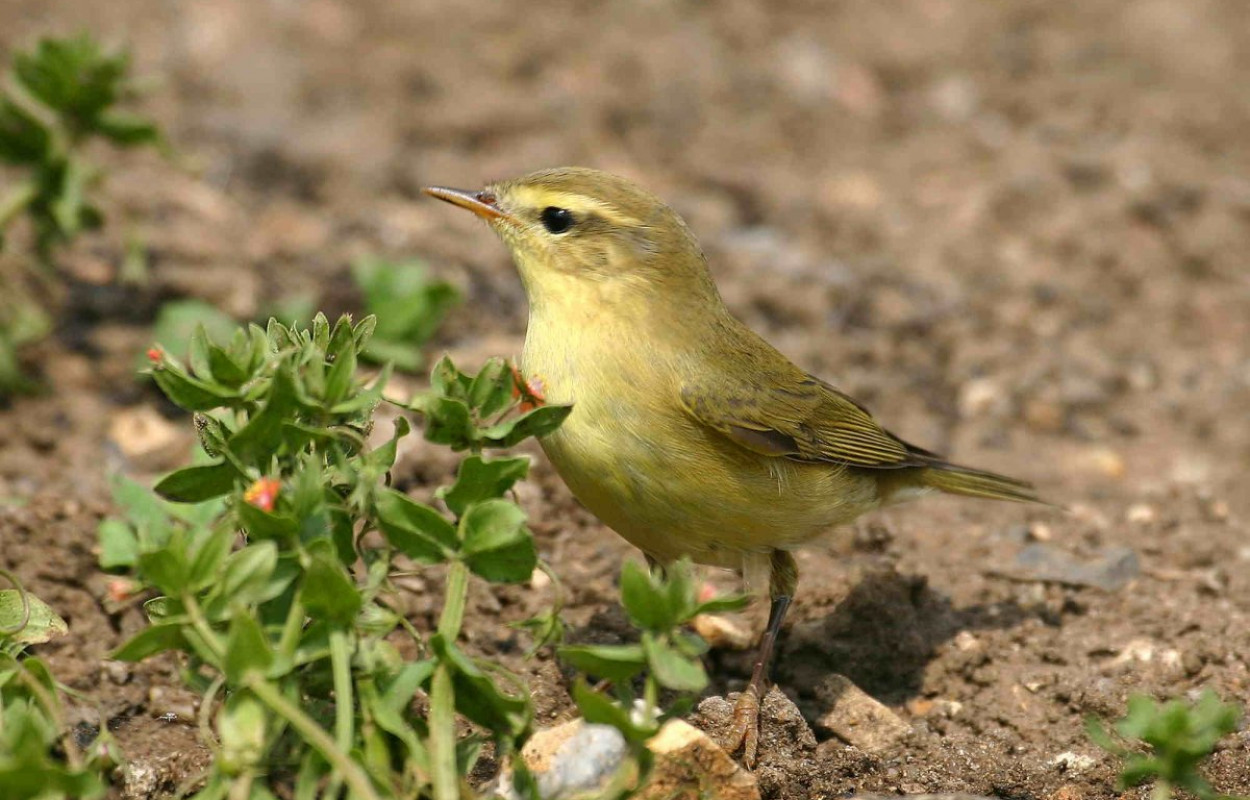Agricultural management and climatic change are the major drivers of biodiversity change in the UK

Author(s): Burns, F., Eaton, M.A., Barlow, K.E., Beckmann, B.C., Brereton, T., Brooks, D.R., Brown, P.M.J., Al Fulaij, N., Gent, T., Henderson, I., Noble, D.G., Parsons, M., Powney, G.D., Roy, H.E., Stroh, P., Walker, K., Wilkinson, J.W., Watton, S.R., Gregory, R.D.
Published: March 2016 Pages: 18pp
Journal: PLOS ONE Volume: 11 ( part 3 )
Article No.: e0151595
Digital Identifier No. (DOI): 10.1371/journal.pone.0151595
Download article 2.9 MB application/pdf
State of Nature report
The study’s authors used a standardised framework to quantify the relative importance of all potential drivers of population change since the 1970s, across a broad range of taxa. Intensive land management for agriculture had by far the strongest negative effect on species abundance but urbanisation and hydrological changes caused by processes such as drainage and abstraction were also important factors in species’ declines. In general, the way a habitat was managed had a greater impact on species’ populations than changes in the extent of that habitat. The effect of climate change was mixed, contributing to both positive and negative population trends. Importantly, the study considered all positive effects, and found that after climate change, conservation measures such as low-intensity management of agricultural land and habitat creation have had the greatest positive impact.
The newly developed framework provides a way to assess the relative importance of drivers of change at a range of spatial and temporal scales, which could inform policy and management decisions. The scoring system used for the quality of evidence has already helped to identify research and data gaps. Such new tools are vital in determining the impact of different human activities and the effectiveness of conservation action, at a time when both climate change and land management pressures on the environment are growing and more species are showing declines.








Share this page